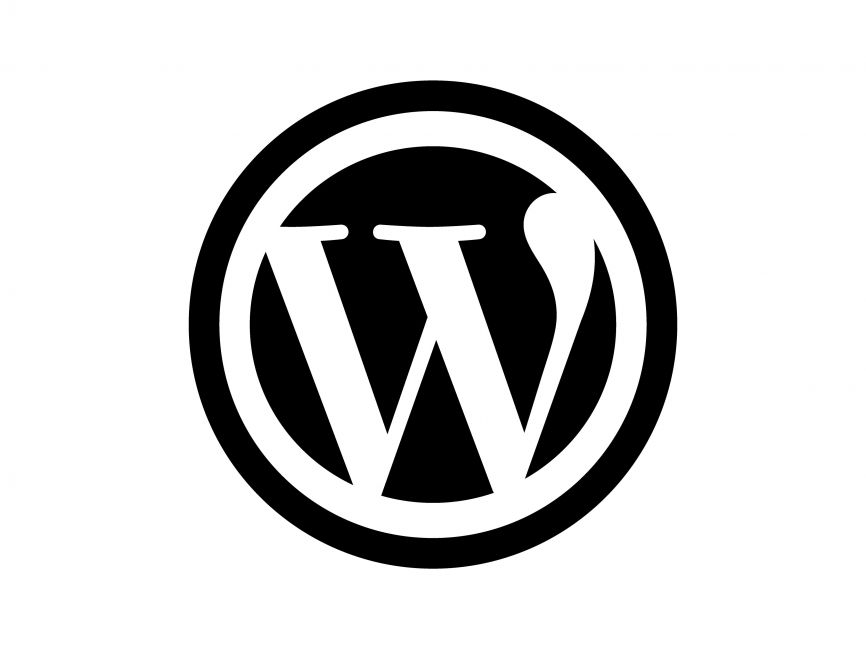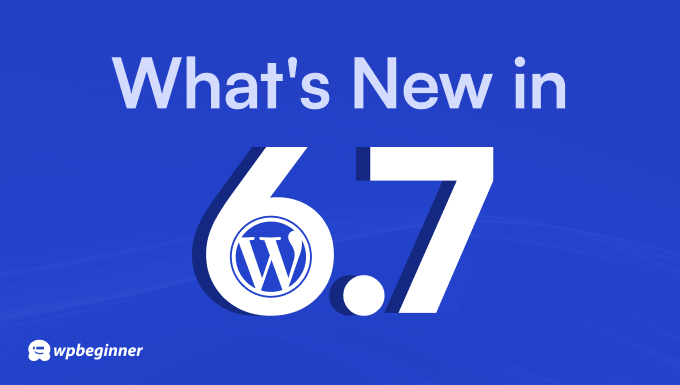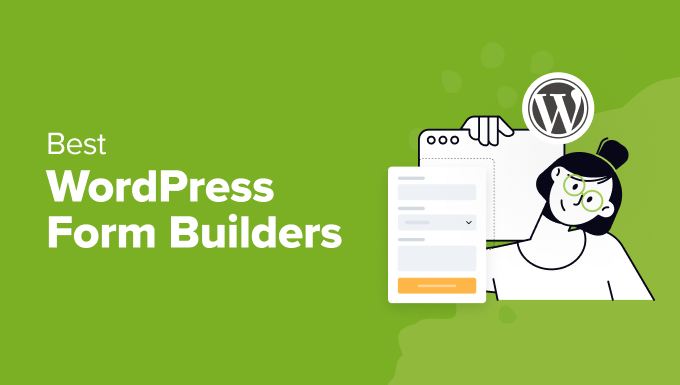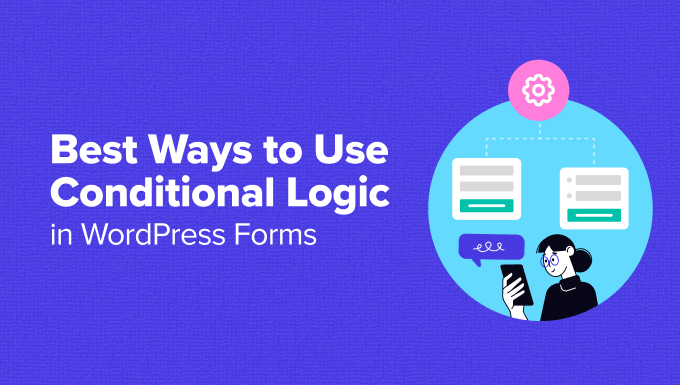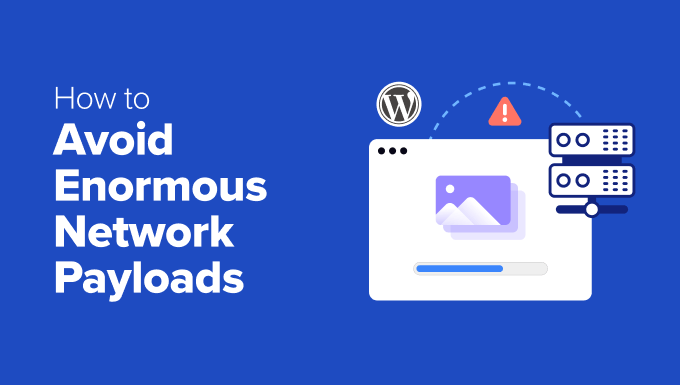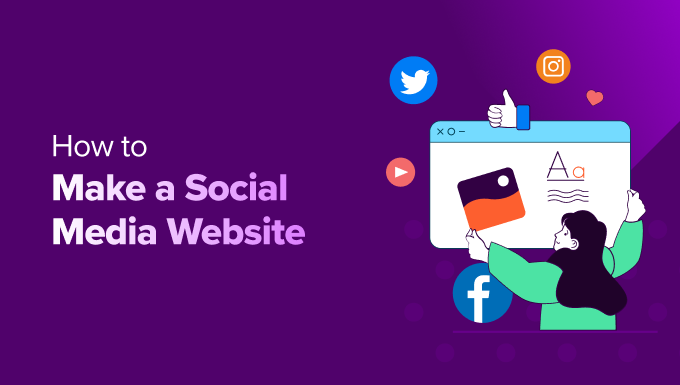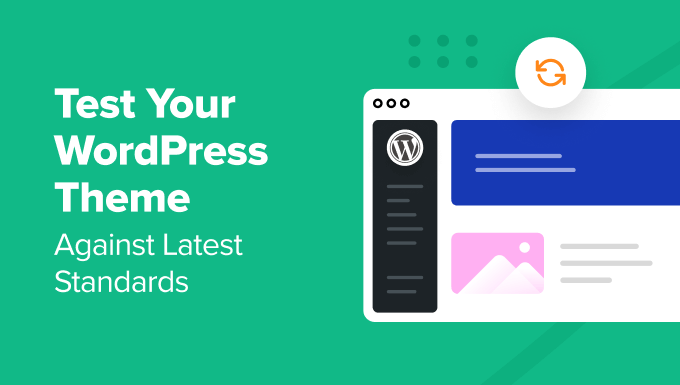In today’s world it can feel like your project management tool is the one that dictates yet suffocates your workflow. On top of that the SaaS provider’s rigid tiers and unpredictable costs make working even more of a frustration. At FastComet, we understand these challenges. With the Taiga project management solution we offer as part of our Cloud Apps, we aim to eliminate those same challenges for you; we give you the freedom other commercial SaaS products simply do not offer.
We combine the power of open-source flexibility, 24/7 always-human support, and the right to own your data to give you the tools you need, when you need them. Here, you gain full control over your spending, paying for resources and not per user or overall usage. You will know exactly how much of your budget you need to allocate. With our hosting, you can have it all without the hassle of managing it yourself. With that said, read on as we explore the revolutionary project management tool that is Taiga.
What is Taiga?
Remember Kaleidos, the team behind PenPot? They are the geniuses behind the gem that is the Taiga project management tool. Born out of frustration with existing tools, Taiga offers everything teams need to manage their projects seamlessly—and we are here to bring it to you! Why settle for less when you can have a tool built by people who understand your needs? Taiga is not just a project management tool; it is a statement. A statement that you will not compromise on control, flexibility, or cost. But, what exactly is Taiga?
“Taiga is an open-source project management software for cross-functional teams that work agile across both Scrum and Kanban frameworks.”
We could not have said it better than the developers themselves. However, let us expand on each key point in that sentence and explain what they mean.
- Open-Source – Since Taiga is open-source, and entirely free, teams can customize it to their own specifications and needs. That gives an immense amount of control and flexibility that other, proprietary software does not;
- Project Management Software – The team behind Taiga designed it with project management in mind. Their purpose is to make it easier for teams to track and control their projects through an intuitive interface design and several features that were lacking from other such tools at the time;
- Cross-functional and Agile – Both these terms relate to how teams are organized and how they work together:
- Cross-functional – This phrase describes a team of members with diverse skill sets and expertise collaborating to complete a project. Developers and designers, for example;
- Agile – As the name suggests, Agile is a project management methodology emphasizing flexibility, iterative progress, and customer collaboration. Agile teams work in short cycles called sprints or iterations, with a focus on continuous improvement and delivering value early and often;
- Scrum and Kanban – Finally, these words describe two popular frameworks within the Agile methodology used to manage and organize the work the team does:
- Scrum – This framework organizes work into small, manageable units called sprints (typically 2-4 weeks long). The whole point of Scrum is to break down work into increments that are to be completed within a certain amount of time through communication and collaboration within the team;
- Kanban – Another Agile framework, Kanban is more free-form than Scrum. It focuses on visualizing one’s work, flow, and processes. Kanban does that via a Kanban board, which typically consists of cards for each task and columns denoting progress. Cards move through the columns, depending on their stage in the process.
The sentence makes more sense now, right? With that out of the way, though, it is time to explain what makes Taiga stand out from other project management tools and what makes it unique.
Why Use Taiga With FastComet?

To answer that twofold question, let us first examine all the features that comprise Taiga. What makes it stand out from other well-established, proprietary tools on the market? Because it is a project management system, its flexibility, collaboration, customization, and transparency features are vital. Fortunately, it has plenty of those, and below we have detailed how Taiga handles those principles.
- Agile Methodologies Support – As we mentioned above, Taiga offers support for both Scrum and Kanban boards. In addition to that, it also supports the creation of so-called Epics, which are similar to Scrum, but on a grander scale. Epics are large bodies of work that are then broken down into smaller tasks. Epics are a good way to manage large projects that Scrum may struggle with;
- User Stories – Teams can create user stories that represent requirements and features from the end user’s point of view. As you can imagine for yourself, such a feature is priceless if you are creating something for a customer;
- Issue Tracking – Taiga includes a dedicated system where users can report, track and resolve bugs, tasks, or other issues. Each issue can be categorized, prioritized, and linked to user stories or sprints;
- Backlogs – Taiga also allows for the creation of sprint and product catalogs. This is a useful feature for planning and organizing work effectively;
- Task Management – Project leaders can assign tasks to specific team members, with due dates and priorities. Additionally, you can also create subtasks within a task to break it down into smaller goals if necessary;
- Customizable Workflows – Teams using Taiga can further customize their boards and workflows to ensure adaptability to any project. This comes in the form of task types, statuses, and work-in-progress limits to ensure the team stays on task and does not bog down with too many or unclear jobs;
- Collaboration – As expected, Taiga offers several collaborative features, such as comments, mentions, attachments, notifications, alerts, etc.
Those are some of the most prominent features we decided to focus on. Taiga has so much more to offer that writing about it all would take a whole separate blog post. But, as you can see, it has all the necessities for a team to work comfortably and some additional functionalities that make things much more convenient.
To answer the second part of the question we posed – why with FastComet – we need only turn your attention to these advantages hosting Taiga with us has over using a SaaS provider.
- Spending Control – Hosting your Taiga workspace with us means there are no hidden or additional costs to your subscription. All you are paying for is the server space you utilize. For example, there are no fees for the number of users you have or how much resources you have used up;
- Data Ownership – All the data on your Taiga board is owned by you. You can transfer, share or remove it any way you see fit;
- Open-source – Since Taiga is open-source software we will not impose any restrictions on how you modify it. Make the best out of it, customize it to your team’s needs;
- Round the Clock Support – Finally, we at FastComet pride ourselves with our 24/7 always-human technical support team who are always ready to help with any issues you may encounter.
As you can see, choosing FastComet for hosting your Taiga workspace offers unparalleled control, ownership, and flexibility, backed by dedicated support around the clock. With us, you can focus on what matters most—your team’s productivity—while we take care of the rest.
How Does Taiga Compare?
Finally, let us compare Taiga to Jira, a name you might be more familiar with. This comparison showcases Taiga’s pluses and minuses when compared to a well-known and established SaaS name on the market. It makes sense because they are both robust project management tools.
We have compiled the key points of this comparison in the table below for your convenience.
| Taiga | Jira | |
| Open-source vs Proprietary | Taiga is open-source, which means you can self-host it and modify it to your needs. | Jira is a proprietary piece of software that can be cloud or self-hosted. |
| Agile Focus | Taiga is designed with Agile teams in mind. It focuses on features and tools that directly complement the methodology (stories, sprints, etc.). | Jira also supports Agile methodologies, but they are not its sole focus. It is a powerhouse in terms of features but not solely specialized for Agile. |
| Cost and Licensing | Free and open-source for self-hosting. There is a cloud-hosted version with competitive pricing. It is often cheaper than Jira, especially for smaller teams. Being open-source, Taiga provides greater control without recurring licensing costs. | Paid software with subscription-based pricing. Costs can escalate with the number of users, especially when adding premium features or integrations from the Atlassian Marketplace. |
| Integrations | Integrates with GitHub, GitLab, and Bitbucket. It also offers an API for custom integrations. | Countless integration through the Atlassian Marketplace in the form of plugins and add-ons. |
| Learning Curve | More straightforward and user-friendly than Jira, making it an easier choice for new teams. | The vast array of features, integrations, and customization options may prove too complex for some teams. |
| Scalability | Taiga is perfect for small to medium teams with its comprehensive and focused features. | Jira can handle large and even enterprise-level projects with ease whenever such a scale is necessary. |
| Support | Being open-source and free, Taiga users primarily rely on their active, thriving community for support and development. Paid plans do offer professional support. | Offers comprehensive support from Atlassian, including detailed documentation, community forums, and direct support. Enterprise users also have access to advanced support options. |
As you can see, the two project management tools have a lot of similarities but also a lot of differences. To summarize, Taiga is an excellent choice for teams looking for a user-friendly, open-source tool that’s easy to set up and use, with strong support for agile practices. It is especially appealing to smaller teams or those who prefer the flexibility and control of open-source software.
Feature-rich and Effective
Taiga is a project management tool that your team can easily learn and use. It offers several powerful features and tools specifically tailored to their needs for flexibility and control over their work process. Taiga focuses on Agile methodology.
Why purchase the Taiga Cloud App from us, though, when you can download it and host it yourself, or even run it in a browser? That is an excellent question. The answer is simple: this is an application that should be hosted independently and in the correct environment to ensure unimpeded and smooth operation. It is that environment you are paying for, with all of the necessary resources, configurations and optimizations so that your team can work without worrying about the application’s performance or uptime. Head to the Cloud Apps tab in our Marketplace to bring collaboration and structure to your projects and team today!
